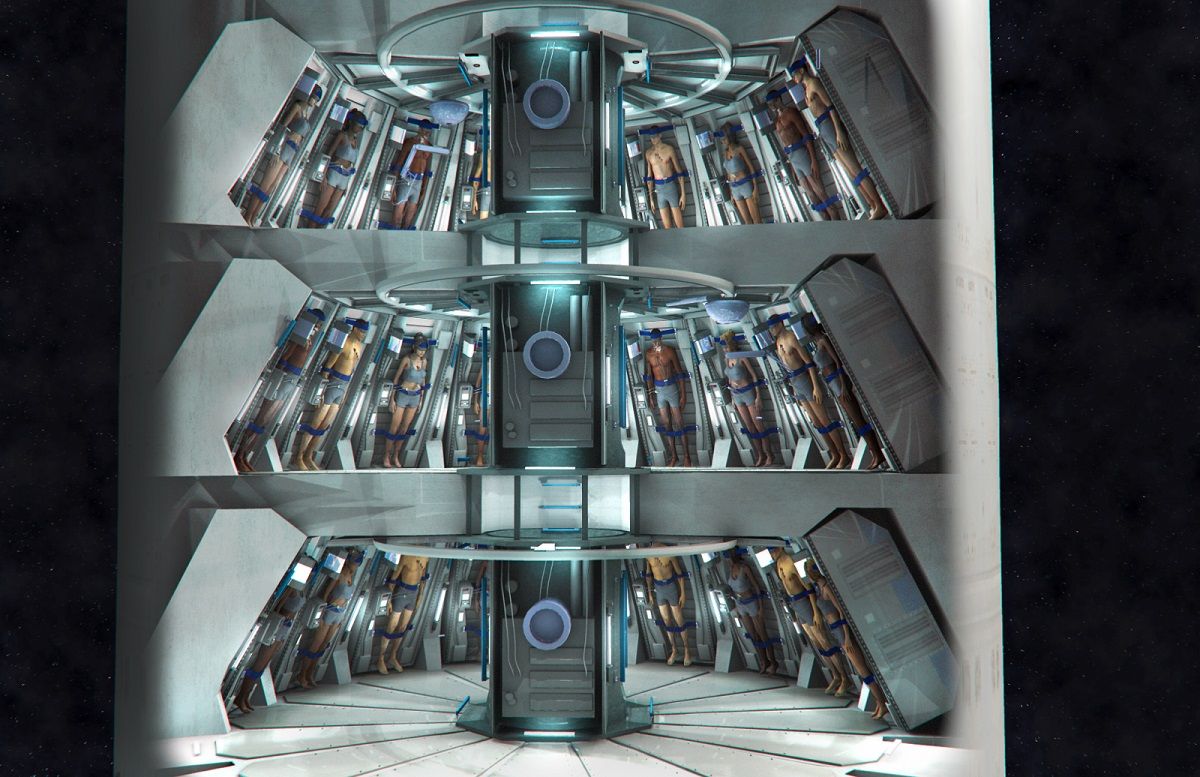Bears are the most famous example for hibernation, but other animals like squirrels, bats, and even birds can also do the same and put themselves in a state of dormancy for weeks or even months at a time. Humans are still not on this list, but that could change in the near future according to some researches.
“It’s very possible that humans could hibernate,” says Kelly Drew, a professor at the University of Alaska’s Institute of Arctic Biology. According to her, the essence of hibernation is body-temperature regulation. Some animals can drop their body’s core temperature, inducing a low-metabolic state of “torpor,” when almost no food is required to keep their organisms running. In fact, some types of squirrels drop their basal metabolic rate by about 99% when they hibernate.
Humans, on the other hand, need their bodies to be warm (98.6ºF or 37ºC) at all times apart from a tiny fluctuation during sleep. If our temperature increases or decreases just by a few degrees, it means that we have fever or hypothermia – which can have dangerous or even deadly consequences.
For a long time, it was believed that this human limit cannot be changed. However, scientists say that there is no single “hibernation molecule” or organ that humans lack. Moreover, surgeons already use hypothermia during procedures in which the heart must be stopped for a prolonged period of time and this allows the brain and the other organs in our body to survive a little longer than usual without the necessary fuel.
Hibernation and space travel
Space engineers are also interested in the possibility of human hibernation. The reason is simple – it would be very useful for deep-space travel. If astronauts are sent to Mars, the journey should last around 9 months. This means that the crew will need to carry fresh drinking water and food for the whole trip, and additionally, for the time it takes to start the production of something edible on the potential colony. Plus, the astronauts need space to move and perform their tasks in the craft that will take them to their destination.

Given that the cost of space travel increases with every additional pound/kilogram, less is almost always preferable to more. Hibernation would make missions more cost-effective and they could potentially avoid psychological stress associated with long periods of isolation in deep space. One crew member would stay conscious and maintain the ship while the others hibernated for two weeks or similar periods.
“We couldn’t find any showstoppers, any reason it wouldn’t be possible,” says John Bradford, an aerospace engineer researching human hibernation for NASA.
As always, it’s easier said than done. One of the biggest challenges would be dropping people’s temperatures without causing them to shiver and burn up energy. In medical procedures, this can be overcome by sedatives, but the same would be tricky for people sent on a dangerous and comprehensive mission in space.
Hibernation drug
What’s actually needed is a drug that could drop a person’s core temperature safely. In fact, biologist Kelly Drew has been working on such a drug already, which would function as “turning down your thermostat.” She has been testing it successfully on rats – animals that cannot hibernate naturally by themselves. In the experiments, it was proven that the rats can only be induced into hibernation for about two weeks before they develop sepsis, apparently because of a breakdown of the bowel wall. Professor Drew received an $11.8 million dollar grant for her work in 2019, and she is already in talks with the U.S. Food and Drug Administration about human testing.
Besides in space travel, human hibernation could also play a part in treating many inflammatory diseases, insomnia, even obesity and diabetes. “Thinking about body temperature as something we can control is the beginning of a major change in medicine,” concludes Drew.
















